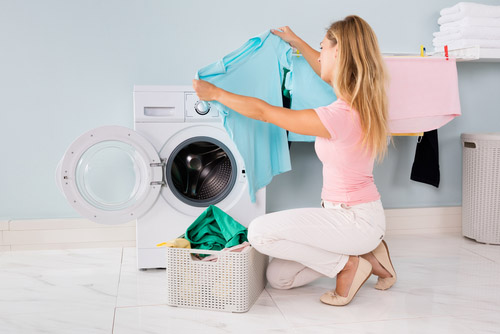January is prime time for winter storms, so it’s smart to be ready for the worst. Here’s a list of essential items to keep on hand and tips for staying warm and protected until the storm blows over.
Put Together a Winter Survival Kit
Before any storm hits, it’s smart to make sure you have what you might need. If you don’t have the essentials on hand, be sure to put together an emergency supply kit in advance. You don’t want to risk a trip to the store with a storm approaching. Weather can quickly take a turn for the worse, leaving you stranded.
Emergency Supply Kit Basics:
- Water — at least a 3-day supply; one gallon per person per day
- Food — at least a 3-day supply of non-perishable, easy-to-prepare food
- Warm coats, gloves or mittens, hats, boots extra blankets, and warm clothing for all household members
- Medications (7-day supply) and medical items (hearing aids with extra batteries, glasses, contact lenses, syringes, etc.); list of medications and pertinent medical information
- Sanitation and personal hygiene items
- Baby supplies (bottles, formula, baby food, diapers)
- Pet supplies (collar, leash, ID, food, carrier, bowl)
- Flashlight
- Battery-powered or hand-crank radio (NOAA Weather Radio, if possible)
- Extra batteries
- Cell phone with portable chargers. (It’s wise to get in the habit of keeping your cell phones fully charged)
- A list of family and emergency contact information, someplace other than in your cell phone
- First aid kit



